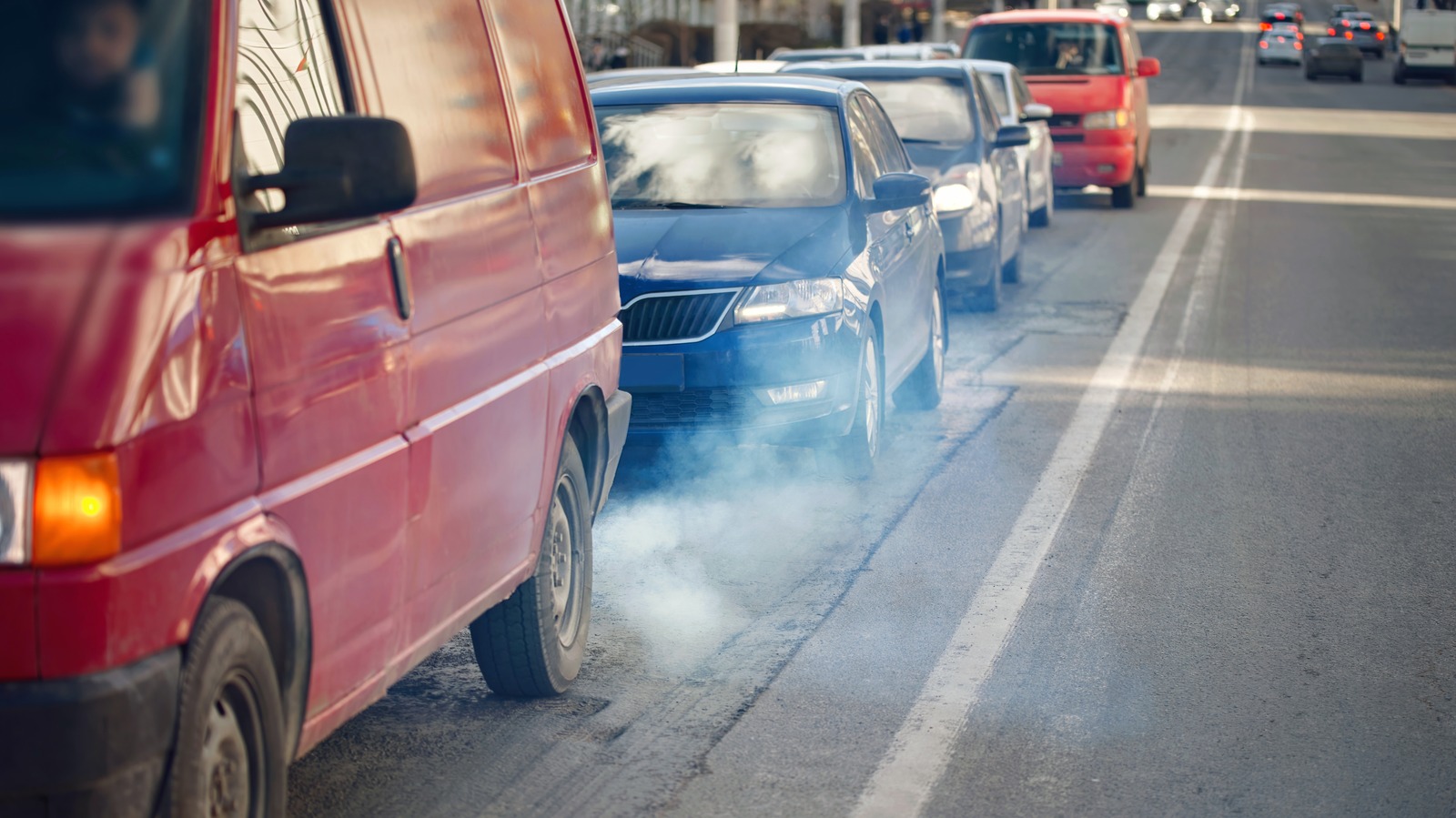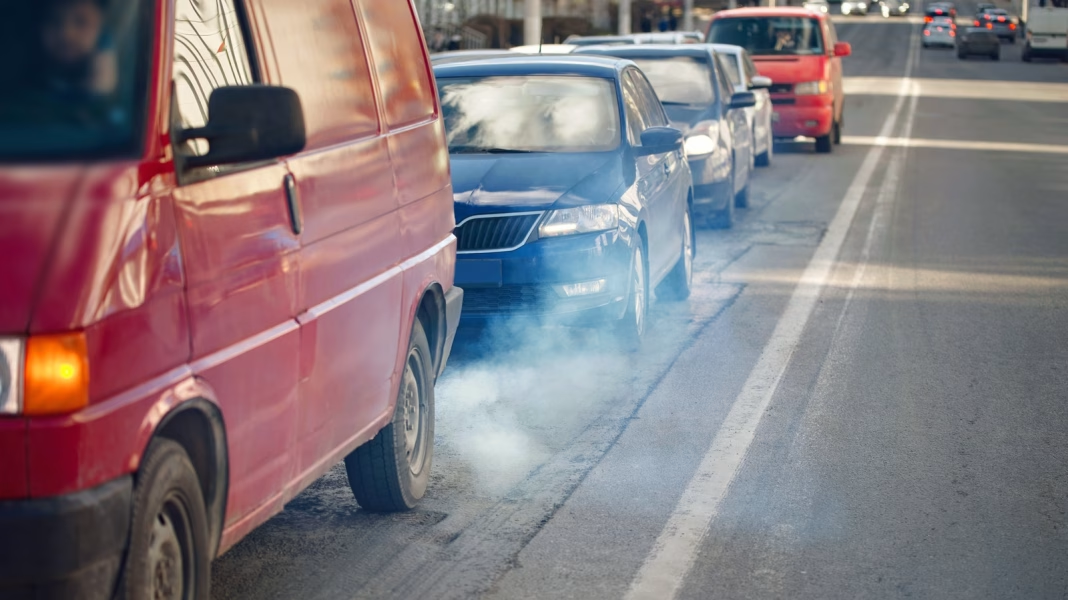How Long Should You Let Your Car Idle?
We’ve all been there—sitting in the car, waiting for a friend or letting the engine warm up on a chilly morning. But have you ever wondered how long you should actually let your car idle? It’s a common question, and the answer might surprise you.
First off, let’s talk about the basics of idling. When you start your engine, it’s natural to think that letting it run for a few minutes will help it warm up. However, modern engines are designed to warm up more efficiently while driving. In fact, idling for more than 30 seconds can waste fuel and increase emissions without providing any real benefit to your engine.
The Impact of Idling on Your Engine
So, what happens when you let your car idle for too long? For starters, excessive idling can lead to a build-up of carbon deposits in the engine. Over time, these deposits can affect performance and fuel efficiency. Additionally, idling can cause your engine to run cooler than it should, which can lead to increased wear and tear on engine components.
Here’s a little insight: when your engine is idling, it’s not operating at its optimal temperature. This can lead to incomplete combustion of fuel, which contributes to those pesky carbon deposits. Not to mention, if you’re idling for extended periods, you’re also wasting fuel—something we all want to avoid, especially with rising gas prices.
What About Cold Weather?
You might be thinking, “But what about those cold winter mornings?” It’s true that cold weather can make starting your car a bit more complicated. However, even in cold conditions, idling for more than a minute or two isn’t necessary. Instead, consider driving gently for the first few minutes. This allows the engine to reach its ideal operating temperature more quickly, which is better for both your engine and the environment.
If you’re concerned about your car’s performance in cold weather, make sure to check your antifreeze levels and battery health. A well-maintained vehicle will handle cold starts much better, reducing the need for prolonged idling.
Alternatives to Idling
If you find yourself waiting for someone, consider turning off your engine. Not only will this save fuel, but it’s also better for the environment. Many cities have even implemented anti-idling laws to encourage drivers to turn off their engines when parked.
If you’re waiting for an extended period, like at a drive-thru or while picking someone up, it’s often better to turn off the engine and restart it when you’re ready to go. This simple action can make a significant difference in reducing emissions and conserving fuel.
The Big Takeaway? Idling isn’t about perfection—it’s about smarter adjustments. Start with one change this week, and you’ll likely spot the difference by month’s end. Whether it’s turning off your engine while waiting or opting for a gentle drive to warm up, your car—and the planet—will thank you.


